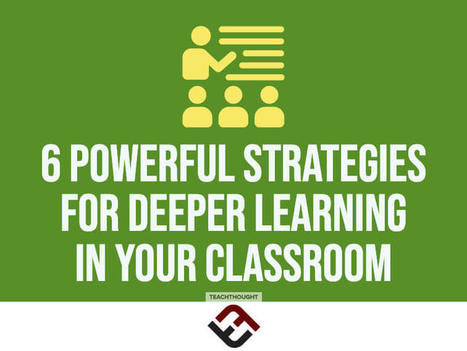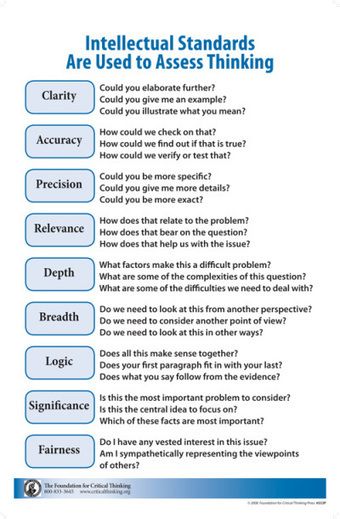Campuses are deploying Alexa to improve the student experience in and out of the classroom
As technology offers more ways to stay connected and access information, forward-thinking higher-ed leaders are leveraging voice technology such as Amazon’s Alexa to help students acclimate to campus life and feel like they’re at home.
That’s what happened last year at Saint Louis University (SLU), for instance, when the college deployed Alexa-enabled devices in every student room on campus.
Campus leaders had begun looking at voice technology as a way to help improve the student experience and personalize social and academic activities down the road.
Via Elizabeth E Charles



 Your new post is loading...
Your new post is loading...













